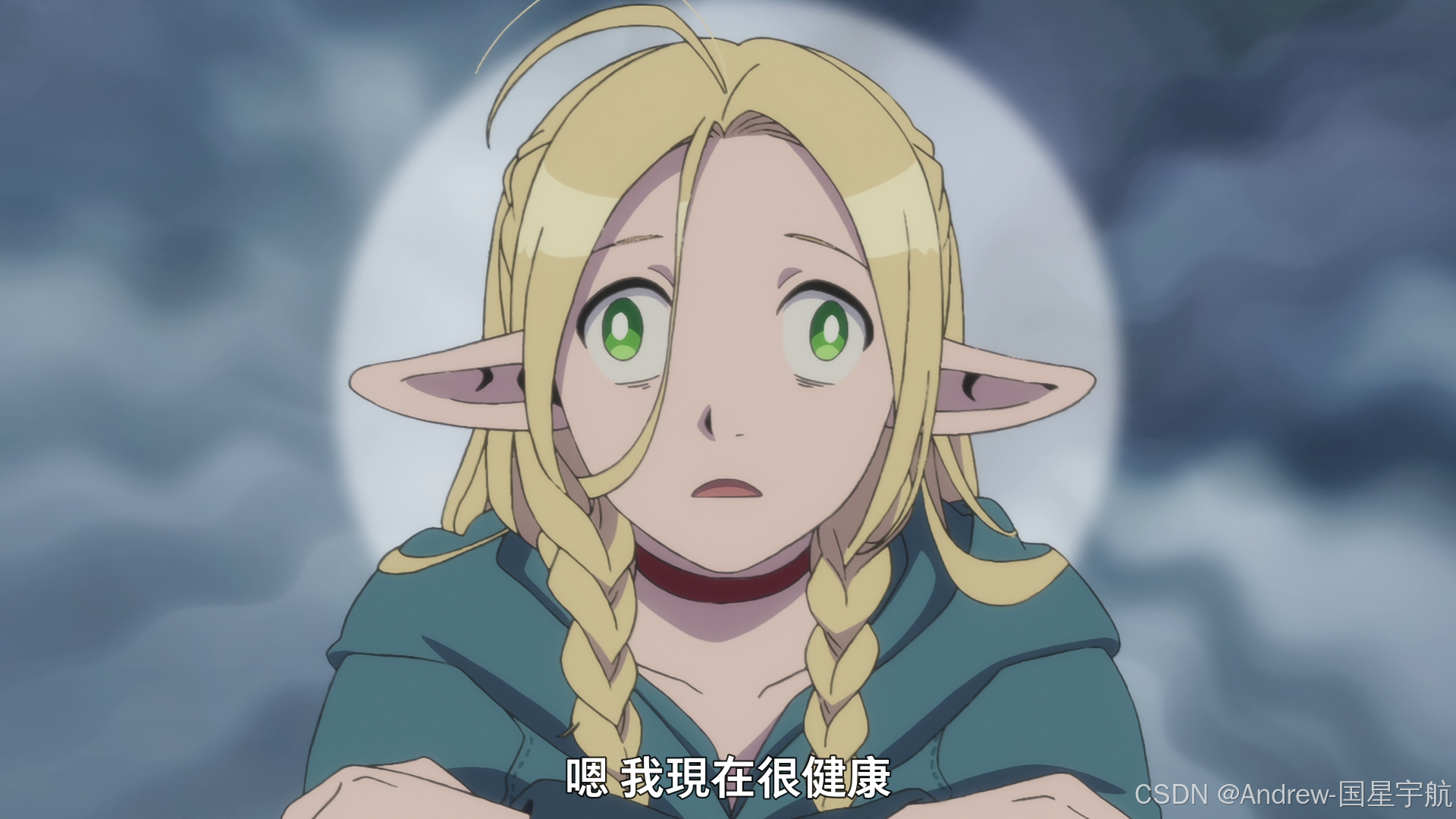【图像处理基石】 怎么让图片变成波普风?

引言
波普艺术(Pop Art)作为20世纪最具影响力的艺术流派之一,以高饱和度色彩、强烈对比、网点印刷感、粗黑轮廓为核心特征,广泛应用于海报设计、社交媒体配图、文创产品等场景。不需要专业设计软件(如PS),用Python就能快速将普通图片转化为波普风!
本文将拆解波普风的核心视觉元素,基于Pillow(图像处理)、numpy(数值计算)实现完整的波普风转化流程,包含色彩量化、轮廓提取、网点效果三大核心步骤,代码可直接运行,新手也能轻松上手~
一、波普风核心视觉元素
在动手写代码前,先明确波普风的关键特征,让技术实现更有针对性:
- 色彩简化+高饱和:摒弃渐变色彩,用3-8种高纯度颜色替代(如大红、亮黄、宝蓝、黑色);
- 粗黑轮廓:强化物体边缘,用黑色粗线条勾勒主体,增强视觉冲击;
- 网点/点阵效果:模仿印刷网点,用大小不一的圆点表现明暗层次(波普风标志性元素);
- 几何化处理:弱化细节,突出大色块和几何形状。
二、技术选型与环境准备
1. 依赖库说明
Pillow:Python图像处理核心库,负责图片加载、色彩调整、绘图;numpy:处理像素矩阵,实现色彩量化和边缘检测;matplotlib:辅助展示图片(可选,也可直接用Pillow保存)。
2. 环境安装
pip install pillow numpy matplotlib
三、分步实现波普风效果
核心思路
原始图片 → 预处理(去噪、缩放)→ 色彩量化(高饱和少色)→ 轮廓提取与叠加 → 网点效果添加 → 最终波普图
完整代码(带详细注释)
from PIL import Image, ImageDraw, ImageFilter
import numpy as np
import matplotlib.pyplot as plt# -------------------------- 1. 工具函数:色彩量化(核心步骤)--------------------------
def quantize_color(image, num_colors=6, saturation_multiplier=1.2):"""色彩量化:将图片压缩为指定数量的高饱和颜色:param image: 输入图片(PIL.Image对象):param num_colors: 量化后的颜色数(建议3-8):param saturation_multiplier: 饱和度增强系数(>1提高饱和度):return: 色彩量化后的图片"""# 1. 转换为HSV空间,单独增强饱和度(HSV:色相、饱和度、明度)hsv = image.convert("HSV")h, s, v = hsv.split()# 2. 饱和度增强(避免溢出255)s_np = np.array(s, dtype=np.float32)s_np = np.clip(s_np * saturation_multiplier, 0, 255)s_enhanced = Image.fromarray(s_np.astype(np.uint8))# 3. 重组HSV并转回RGBhsv_enhanced = Image.merge("HSV", (h, s_enhanced, v))rgb_enhanced = hsv_enhanced.convert("RGB")# 4. 色彩量化(使用Pillow的quantize函数,快速压缩颜色)# 注:quantize返回P模式(调色板模式),需转回RGBquantized = rgb_enhanced.quantize(colors=num_colors, method=Image.Quantize.MAXCOVERAGE)return quantized.convert("RGB")# -------------------------- 2. 工具函数:提取粗黑轮廓 --------------------------
def extract_outline(image, edge_threshold1=50, edge_threshold2=150, dilate_iter=2):"""提取图片轮廓并生成黑色粗轮廓图:param image: 输入图片(PIL.Image对象):param edge_threshold1: Canny边缘检测低阈值:param edge_threshold2: Canny边缘检测高阈值:param dilate_iter: 轮廓膨胀次数(控制粗细):return: 黑色轮廓图(背景透明)"""# 1. 转灰度图并模糊去噪gray = image.convert("L")blurred = gray.filter(ImageFilter.GaussianBlur(radius=1))blurred_np = np.array(blurred, dtype=np.uint8)# 2. Canny边缘检测(基于Sobel算子)from scipy.ndimage import sobeldx = sobel(blurred_np, axis=0)dy = sobel(blurred_np, axis=1)edge_magnitude = np.sqrt(dx**2 + dy**2)# 二值化:大于阈值的为边缘edge_binary = (edge_magnitude > edge_threshold1) & (edge_magnitude < edge_threshold2)# 3. 轮廓膨胀(让线条变粗)from scipy.ndimage import binary_dilationedge_dilated = binary_dilation(edge_binary, iterations=dilate_iter)# 4. 生成黑色轮廓图(背景透明)outline = Image.new("RGBA", image.size, (0, 0, 0, 0))draw = ImageDraw.Draw(outline)# 遍历像素,边缘处画黑色for y in range(image.height):for x in range(image.width):if edge_dilated[y, x]:draw.point((x, y), fill=(0, 0, 0, 255)) # 黑色不透明return outline# -------------------------- 3. 工具函数:添加网点效果 --------------------------
def add_halftone(image, grid_size=20, max_radius=5):"""添加波普风网点效果(模仿印刷半调):param image: 输入图片(PIL.Image对象):param grid_size: 网点网格大小(控制网点密度):param max_radius: 最大网点半径:return: 带网点效果的图片"""# 1. 转灰度图,用于计算网点大小(亮度越暗,网点越大)gray = image.convert("L")gray_np = np.array(gray, dtype=np.uint8)# 2. 创建网点图层(透明背景)halftone = Image.new("RGBA", image.size, (0, 0, 0, 0))draw = ImageDraw.Draw(halftone)# 3. 遍历网格,绘制网点for y in range(0, image.height, grid_size):for x in range(0, image.width, grid_size):# 计算网格内平均亮度(0-255,0最暗,255最亮)grid = gray_np[y:y+grid_size, x:x+grid_size]avg_brightness = np.mean(grid)# 网点半径:亮度越暗,半径越大(反向映射)radius = max_radius * (1 - avg_brightness / 255)radius = int(np.clip(radius, 1, max_radius)) # 限制最小半径# 绘制黑色圆点(网点中心为网格中心)center_x = x + grid_size // 2center_y = y + grid_size // 2draw.ellipse((center_x - radius, center_y - radius, center_x + radius, center_y + radius),fill=(0, 0, 0, 200) # 黑色半透明(200为透明度,0全透,255不透))return halftone# -------------------------- 4. 整合所有效果:生成波普风图片 --------------------------
def pop_art_transform(input_path, output_path, num_colors=5, saturation_multiplier=1.3,grid_size=15, max_radius=4,edge_dilate_iter=2):"""完整波普风转换流程:param input_path: 输入图片路径:param output_path: 输出图片路径:param num_colors: 色彩量化数量:param saturation_multiplier: 饱和度系数:param grid_size: 网点网格大小:param max_radius: 最大网点半径:param edge_dilate_iter: 轮廓粗细(膨胀次数)"""# 1. 加载图片img = Image.open(input_path).convert("RGB")print(f"原始图片尺寸:{img.size}")# 2. 步骤1:色彩量化(高饱和+少颜色)quantized_img = quantize_color(img, num_colors=num_colors, saturation_multiplier=saturation_multiplier)# 3. 步骤2:提取轮廓outline_img = extract_outline(quantized_img, dilate_iter=edge_dilate_iter)# 4. 步骤3:添加网点效果halftone_img = add_halftone(quantized_img, grid_size=grid_size, max_radius=max_radius)# 5. 叠加所有图层:量化图 + 轮廓 + 网点result = Image.alpha_composite(quantized_img.convert("RGBA"), outline_img)result = Image.alpha_composite(result, halftone_img)# 6. 保存结果(转RGB格式,兼容JPG/PNG)result.convert("RGB").save(output_path)print(f"波普风图片已保存至:{output_path}")# 展示效果对比(可选)plt.figure(figsize=(12, 6))plt.subplot(1, 2, 1)plt.imshow(img)plt.title("原始图片")plt.axis("off")plt.subplot(1, 2, 2)plt.imshow(result)plt.title("波普风效果")plt.axis("off")plt.show()# -------------------------- 5. 调用示例 --------------------------
if __name__ == "__main__":# 替换为你的输入/输出路径INPUT_IMAGE = "input.jpg" # 原始图片(如风景、人物、动物)OUTPUT_IMAGE = "pop_art_output.jpg" # 输出波普风图片# 执行转换(参数可根据需求调整)pop_art_transform(input_path=INPUT_IMAGE,output_path=OUTPUT_IMAGE,num_colors=5, # 颜色数量:3-8为宜saturation_multiplier=1.3, # 饱和度:1.2-1.5为宜grid_size=15, # 网点密度:10-25为宜(越小越密)max_radius=4, # 网点大小:3-6为宜edge_dilate_iter=2 # 轮廓粗细:1-3为宜)
四、效果展示与参数调优
1. 效果对比
| 原始图片 | 波普风效果 |
|---|---|
| [外链图片转存中…(img-P9cRVM0X-1763133875662)] | [外链图片转存中…(img-1Ysl3xWw-1763133875663)] |
(注:实际运行时替换input.jpg为你的图片,效果会因图片内容不同而变化) |
2. 关键参数调优技巧
| 参数 | 作用 | 推荐范围 | 效果说明 |
|---|---|---|---|
num_colors | 色彩数量 | 3-8 | 越少越简洁,越多越丰富(波普风建议5-6种) |
saturation_multiplier | 饱和度 | 1.2-1.5 | 越大颜色越鲜艳,超过1.5可能失真 |
grid_size | 网点密度 | 10-25 | 数值越小,网点越密集;越大越稀疏 |
max_radius | 网点大小 | 3-6 | 数值越大,网点越突出,视觉冲击越强 |
edge_dilate_iter | 轮廓粗细 | 1-3 | 1=细轮廓,3=粗轮廓(避免超过3,否则遮挡细节) |
3. 避坑指南
- 若图片分辨率过高(如4K),建议先缩放(
img = img.resize((800, 600))),否则网点绘制会变慢; - 深色图片可适当降低
num_colors(3-4种),避免颜色混淆; - 浅色图片可提高
max_radius,让网点效果更明显。
五、扩展方向
如果想让波普风更有个性,可以尝试以下扩展:
1. 自定义颜色板
将quantize_color函数中的自动量化改为指定波普经典色(如红、黄、蓝、绿、黑):
# 自定义波普色板(RGB值)
POP_COLORS = [(255, 0, 0), # 大红(255, 255, 0), # 亮黄(0, 0, 255), # 宝蓝(0, 255, 0), # 鲜绿(0, 0, 0) # 黑色
]def custom_quantize(image):"""使用自定义颜色板量化色彩"""img_np = np.array(image, dtype=np.float32)h, w, _ = img_np.shape# 遍历每个像素,替换为颜色板中最接近的颜色for y in range(h):for x in range(w):pixel = img_np[y, x]# 计算与颜色板中每个颜色的欧氏距离distances = [np.linalg.norm(pixel - color) for color in POP_COLORS]closest_color = POP_COLORS[np.argmin(distances)]img_np[y, x] = closest_colorreturn Image.fromarray(img_np.astype(np.uint8))
2. 添加几何装饰
在图片角落或边缘添加波普风几何图案(如方块、条纹):
def add_geometric_decor(image):"""添加几何装饰(示例:角落方块)"""draw = ImageDraw.Draw(image)size = min(image.size) // 10 # 装饰大小# 左上角方块draw.rectangle((0, 0, size, size), fill=(255, 255, 0))# 右下角方块draw.rectangle((image.width - size, image.height - size, image.width, image.height), fill=(255, 0, 0))return image
3. 深度学习风格迁移
如果想要更细腻的波普风效果,可以结合深度学习(如torchvision的风格迁移模型),用经典波普画作作为风格图,实现端到端的风格迁移。
六、总结
本文通过Python的Pillow和numpy库,拆解了波普风的核心视觉元素,实现了“色彩量化→轮廓提取→网点添加”的完整流程。代码简洁易懂,参数可灵活调整,无需专业设计知识就能快速生成波普风图片。
无论是用于社交媒体配图、海报设计,还是个人创意创作,这个工具都能帮你快速提升图片的视觉冲击力。如果有更好的优化思路或创意扩展,欢迎在评论区交流~
